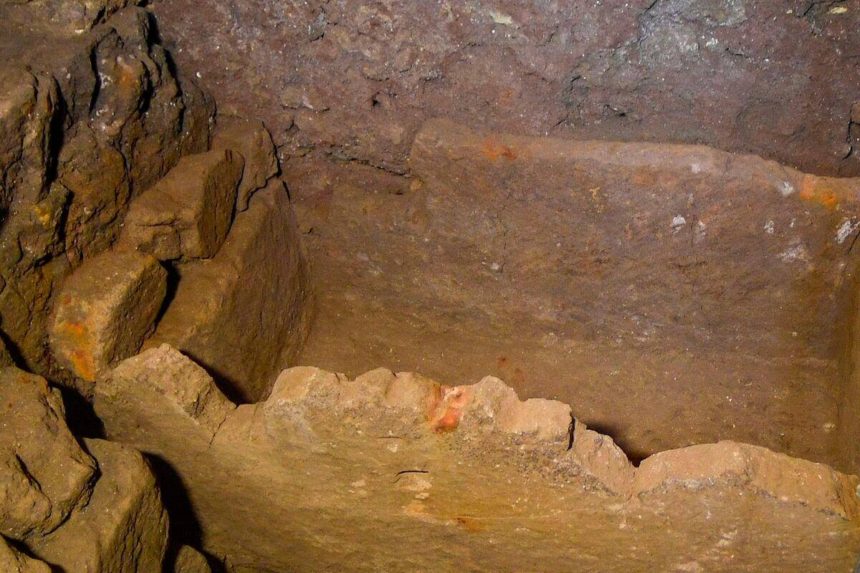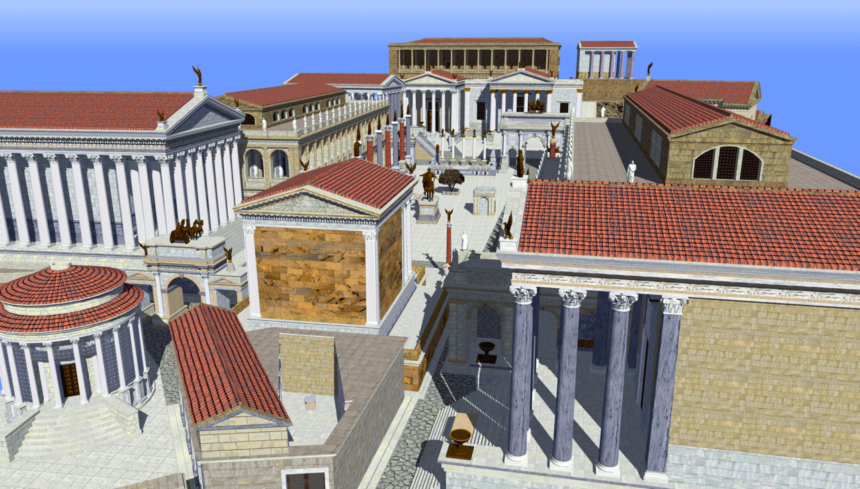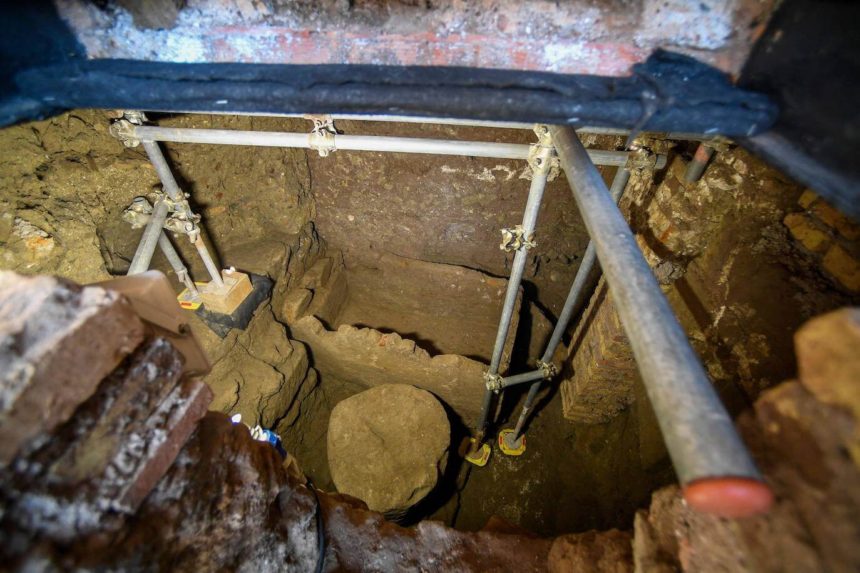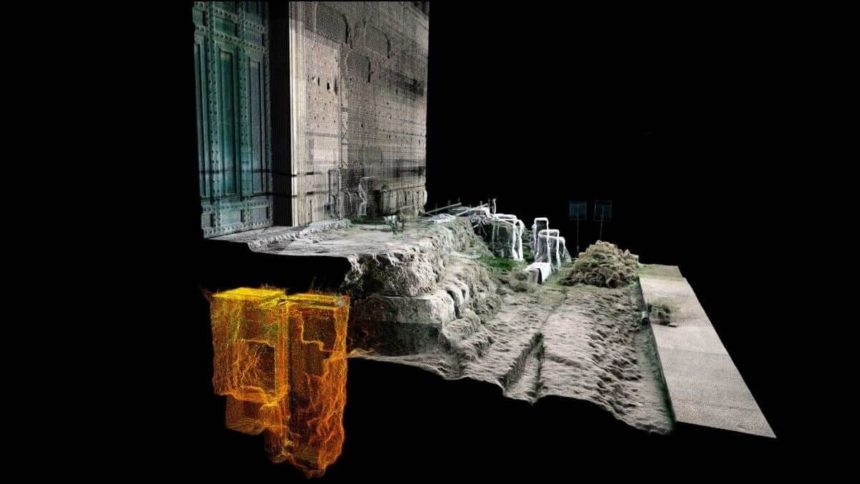Rome wasn’t built in a day. And, according to myth, it wouldn’t be around at all if not for the heroic efforts of Romulus and Remus, twins suckled by a benevolent she-wolf who found them abandoned on the banks of a river shortly after birth. Later, when the pair founded the iconic city in 753 B.C., Romulus allegedly proceeded to celebrate the momentous occasion by squabbling with, and then murdering, his brother.
Where fiction ends and fact begins in this legend remains a topic of intense debate among scholars. But the brothers’ legacy undoubtedly left its mark on Roman culture—and now, archaeologists may be one step closer to unraveling a crucial chapter in the twins’ lupine tale.
Archaeologists digging in the Roman Forum have discovered an underground temple and tomb that could be the burial place of Romulus, the legendary founder of the city.

The tomb was uncovered in the Roman Forum during recent excavations and its discovery supports a long-standing theory that the first King of Rome was buried at the site. Researchers from the Colosseum Archaeological Park investigated the claims and found a 4.6ft rock sarcophagus and circular alter that match descriptions from ancient scholars and Roman folklore.
The Roman Forum, a rectangular plaza in the heart of Rome, was once a huge marketplace surrounded by ancient government buildings.
The tomb of Romulus in the Forum became a mystical site for Romans, and it is mentioned by the ancient Roman historian Marcus Terentius Varro.

Director of the Colosseum Archaeological Park Alfonsina Russo told The Times: ‘This is an extraordinary discovery. The forum never ceases to yield amazing fresh treasures.’
The shrine is buried beneath the entrance to the Curia, one of the meeting places for Roman senators which was subsequently converted into a church — a move that protected it from being dismantled for its stones as happened to other forum buildings.

The tomb is also near the “Lapis Niger” — meaning “Black Stone” in Latin — an ancient shrine paved in black marble and thought to cause bad luck, with a stone block marking the spot where Romulus was said to have been murdered by jealous members of the Senate.
The Lapis Niger shrine in the Roman Forum was rediscovered and excavated from 1899 to 1905 by Italian archaeologist Giacomo Boni and this ancient shrine is the only surviving remnants of the old Comitium, an early archaic cult site of the 7th or 8th century BC, predating the forum.
According to Ms Russo, scholars think the temple’s alter was positioned where Romans believed Romulus to be buried. The coffin did not contain any remains, meaning the archaeologists’ claims are impossible to verify.
The underground site has now been documented with 3D laser scans, and the excavations will resume at the end of April, Russo said, when archaeologists will investigate more of the buried area.

Romulus set up the foundations of Roman politics and society, paving the way for the Roman Empire, which conquering vast swathes of Europe, West Asia and North Africa between 27BC and 476AD.
Romulus was the legendary founder of Rome said to have lived in the eighth century B.C. — but most historians think he did not exist in reality. Romulus established Rome on the Palatine Hill and became its first king; in later centuries, it became a republic led by the Senate, and then an empire.
In recent years, researchers have accumulated a decent amount of evidence suggesting Rome’s architecture predates the twins’ arrival by about a century. Migrants may have even settled the region’s hills as early as 1,000 B.C..
Still, the legend of Romulus and Remus has endured—at least in part due to the story’s wild and memorable twists and turns. Given the tale’s significance for Romans both ancient and modern, the findings at the forum may still stir up a fair bit of excitement.


